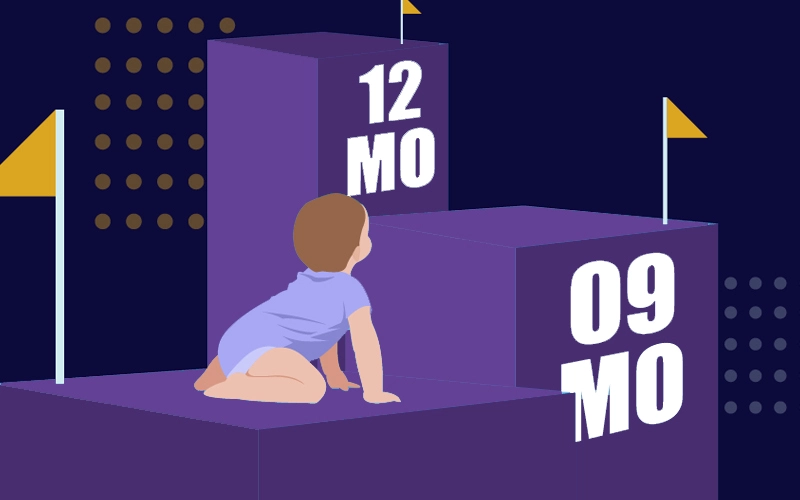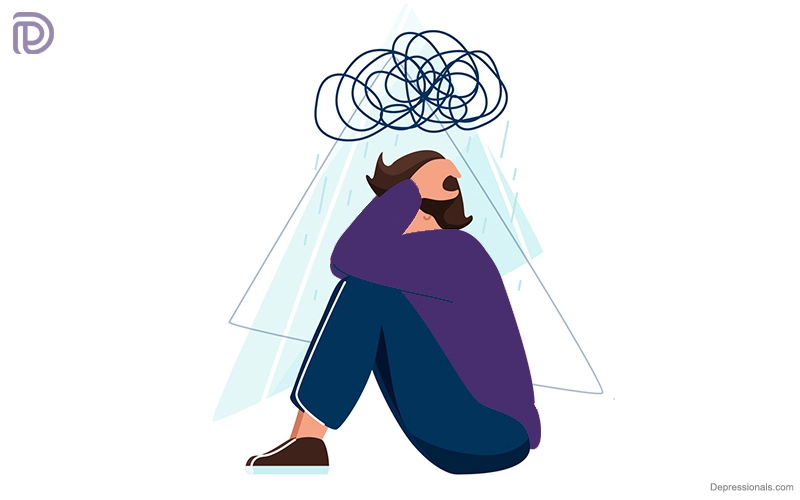What are communication disorders?
Communication disorders can have an impact on how a person receives, sends, processes and comprehends information. They can also affect the capacity to hear and interpret communications by weakening speech and language abilities. Communication problems can in a variety of forms.
Read: Speech Disorders
Types of communication disorders
There are many types of communication disorders. Speaking is challenging for those with expressive-language disorders. Understanding and speaking are equally challenging for people with mixed receptive-expressive language disorders.
Your voice can be affected by speech disorders. They are as follows:
- Articulation disorder: when words are changed or substituted, messages become more difficult to comprehend.
- Speaking at an inconsistent pace or rhythm is referred to as fluency disorder.
- Having an aberrant pitch, loudness, or duration of speaking is referred to as a voice problem.
Language disorders have an impact on how you speak and write. They are as follows:
- Language form disorders, which affect:
- Phonology (sounds that makeup language systems)
- Morphogenesis (structure and construction of words)
- Grammar (how sentences are formed)
- Language content disorders that have an impact on semantics (meanings of words and sentences)
- Language function disorders that have an impact on pragmatics (use of socially appropriate messages)
Hearing disorders affect one’s capacity to communicate verbally and/or in writing. A person with a hearing problem is either deaf or hard of hearing. Hearing is not a reliable means of communication for deaf individuals. When it comes to communication, people with hearing loss can only utilize their ears to a limited extent.
A person’s ability to understand and utilize data in auditory signals is affected by central processing disorders.
Check: Social Anxiety Disorder
What causes communication disorders?
It is not always possible to pinpoint the cause of communication disorders. Well, it is possible to develop or acquire communication disorders. Here are some of the causes:
- Abnormal brain development
- Substance abuse or toxic exposure before birth
- Cleft lip or palate
- Genetic factors
- Traumatic brain injuries
- Neurological disorder
- Strokes
- Communication-related tumors
Read about: Trauma
How do communication disorders affect people?
The most common mental health disorder in children is a communication disorder. Eight to nine percent of young children suffer from a speech sound disorder, according to the National Institute on Deafness and Other Communication Diseases (NIDCD). In first grade, the rate drops to 5% (NIDCD).
Communication disorders affect adults as well. There are about 7.5 million individuals in the United States with voice problems. Additionally, 6 to 8 million people have some form of language impairment (NIDCD).
These disorders are more likely to occur in patients with brain injuries. On the other hand, many circumstances can happen by chance. This can involve the beginning of aphasia, or the inability to use or understand language. This disease affects up to one million persons in the United States (NIDCD).
What are the symptoms of communication disorders?
The communication disorder symptoms vary according to its kind and origin of illness. They may include the following:
- Repetitive sounds
- Misuse of words
- Inability to communicate in an understandable way
- Inability to comprehend messages
Read: Sensory Processing Disorder
Communication disorders diagnosis
A precise diagnosis may require the collaboration of many experts. Tests may be administered by family doctors, neurologists and speech-language pathologists. The following are examples of common tests:
- A comprehensive physical exam
- Reasoning and cognitive abilities are assessed via psychometric tests.
- Language and speech tests
- Magnetic resonance imaging (MRI)
- Psychiatric assessment
- Computed tomography (CT) scan
Communication disorders treatment
Speech-language therapy is beneficial to the majority of individuals with communication disorders. Treatment is determined by the disorder’s nature and severity. Infections and other underlying problems may be addressed first.
It is essential to begin therapy for youngsters as soon as possible. A speech-language pathologist may assist patients in enhancing their current abilities. Remedial methods to enhance poor abilities may be used as part of the treatment. It is also possible to acquire other means of communication, such as sign language.
Patients may put their abilities to the test in a safe setting by participating in group therapy. In most cases, family involvement is welcomed.
Prognosis
Several factors including the disorder’s origin and severity may restrict how much improvement is feasible. The combined assistance of parents, teachers, and speech and language pathologists may be beneficial for children. Self-motivation is essential for grownups.
Read: How to Know If You Have ADHD
Prevention
There are no particular measures that may be taken to avoid communication disorders. Avoiding recognized risk factors, such as anything that may cause brain damage, as well as leading a healthy lifestyle, can help reduce your chance of stroke.
Many communication problems are caused by unknown factors.
When children’s communication problems are detected, they should be diagnosed as soon as feasible (CHOP).






There is visibly a bunch to identify about this. I think you made various good points in features also.
Thanks for another informative blog. Where else could I get that kind of info written in such an ideal way? I’ve a project that I’m just now working on, and I have been on the look out for such info.